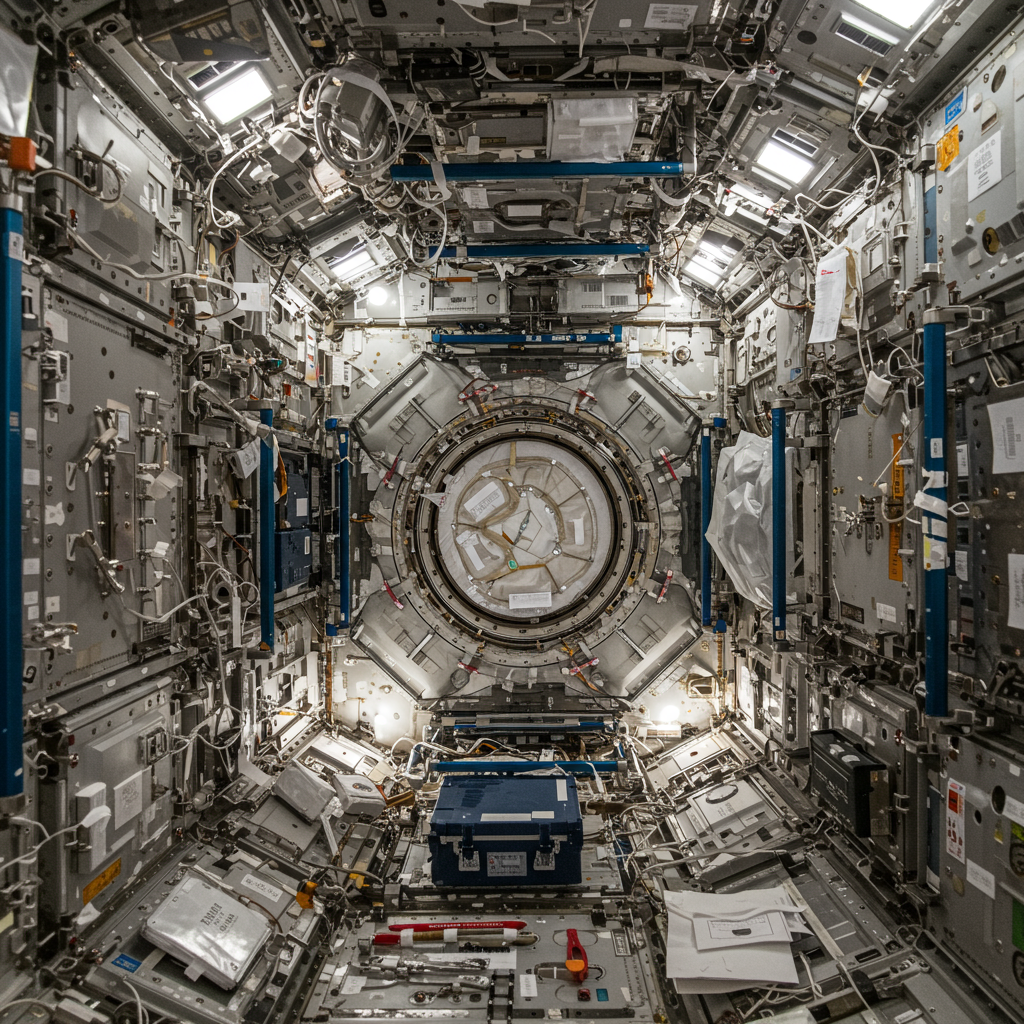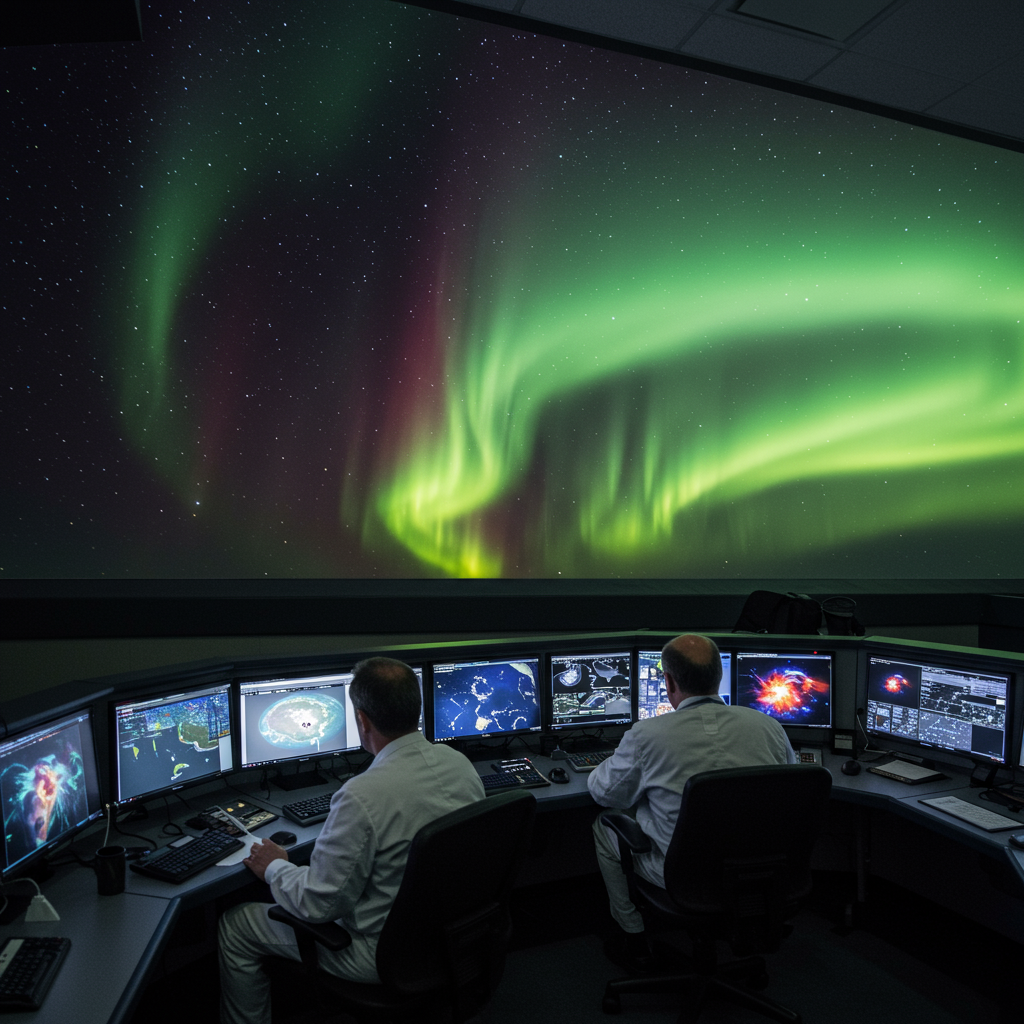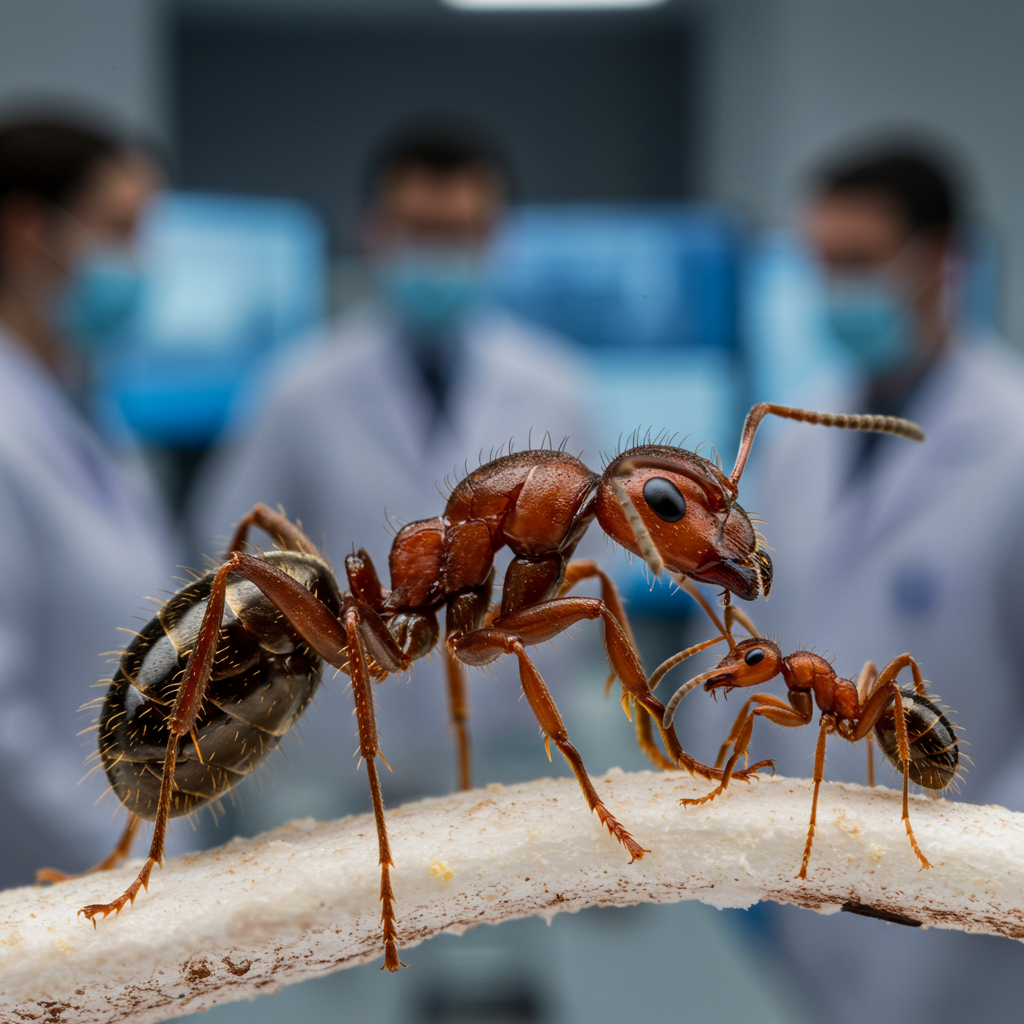SPACE
Ground telescopes capture 13-billion-year-old light from universe’s birth in a first
The team measured the faint, polarized microwave light – a direct echo from the Big Bang.
Updated: Jun 11, 2025 02:56 AM EST
Mrigakshi Dixit
6 hours ago
0
CLASS telescopes can detect cosmic microwave light signals from the Comic Dawn.
Deniz Valle and Jullianna Couto
It all started with a Big Bang. But the universe’s initial moments after the cataclysmic explosion, including how its earliest stars influenced the light we observe today, have been a challenging mystery to explore.
Based in the Andes mountains of northern Chile, a telescope called CLASS – the Cosmology Large Angular Scale Surveyor – has achieved what many thought impossible.
Johns Hopkins University astrophysicists used these ground-based telescopes to observe the universe’s infancy, specifically how the earliest stars impacted Big Bang light over 13 billion years ago.
This marks the “first time” this has been achieved from the surface of our planet.
The team measured the faint, polarized microwave light – a direct echo from the Big Bang.
“People thought this couldn’t be done from the ground. Astronomy is a technology-limited field, and microwave signals from the Cosmic Dawn are famously difficult to measure,” said Tobias Marriage, project leader and a Johns Hopkins professor of physics and astronomy.
Faint microwave signals
Soon after the super-explosive Big Bang, the universe was a dense, opaque fog of electrons, trapping all light. But as the universe expanded and cooled, protons and electrons combined to form neutral hydrogen atoms. Suddenly, the microwave radiation – possibly the first light — was free to travel in space.
Then came the Cosmic Dawn. The very first stars ignited, radiating immense energy that ripped electrons free from those neutral hydrogen atoms. This process, called reionization, scattered some of that ancient microwave light, leaving a unique fingerprint.
To understand the early universe, scientists are studying the Cosmic Microwave Background, which is the residual radiation from the Big Bang.
However, studying residual cosmic microwaves from Earth presents major challenges due to extremely faint nature and susceptibility to terrestrial interference.
These millimeter-wavelength waves are inherently very weak, with polarized signals being about a million times fainter.
On Earth, numerous man-made emissions like broadcast radio, radar, and satellite signals can overwhelm the delicate cosmic signals. And not to forget, the natural atmospheric conditions and weather can further distort or obscure the faint microwaves.
Technological advancement has been helping to piece together a clearer understanding of the Cosmic Dawn, a period shrouded in mystery.
The CLASS telescopes are designed to detect the subtle “cosmic glare” from light bouncing off the ionized gas of the Cosmic Dawn.
For years, only space telescopes like NASA’s WMAP and the European Space Agency’s Planck could achieve this.
Decoding early universe
The CLASS team successfully identified a common signal—the genuine signature of the early universe—by carefully cross-referencing the ground-based data with measurements from space telescope data.
What the CLASS team measured is something called “polarization,” which occurs when light waves scatter after encountering an object.
“Using the new common signal, we can determine how much of what we’re seeing is cosmic glare from light bouncing off the hood of the Cosmic Dawn, so to speak,” said Yunyang Li, first author.
This new research provides a more precise understanding of the Cosmic Microwave Background and helps to paint a clearer picture of the universe‘s earliest moments.
“Measuring this reionization signal more precisely is an important frontier of cosmic microwave background research,” said Charles Bennett, a Bloomberg Distinguished Professor at Johns Hopkins who led the WMAP space mission.
RECOMMENDED ARTICLES
“By analyzing additional CLASS data going forward, we hope to reach the highest possible precision that’s achievable,” Bennett added.
Better universe observations could shed light on dark matter and neutrinos, two pervasive but mysterious particles.
The findings were published in the Astrophysical Journal.
0
COMMENT
ABOUT THE AUTHOR
Mrigakshi Dixit Mrigakshi is a science journalist who enjoys writing about space exploration, biology, and technological innovations. Her work has been featured in well-known publications including Nature India, Supercluster, The Weather Channel and Astronomy magazine. If you have pitches in mind, please do not hesitate to email her.
NEWSLETTER
The Blueprint Daily
Stay up-to-date on engineering, tech, space, and science news with The Blueprint.
Mail Me
By clicking sign up, you confirm that you accept this site’s Terms of Use and Privacy Policy
News
Space
DISCOVER
See All
TRENDING
LATEST
1
INNOVATION
China’s AI chip tool QiMeng beats engineers, designs processors in just days
Aamir Khollam
15 Hours Ago
2
ENERGY
Solid lithium-air battery hits 4x energy, breaks room-temperature performance barrier
Neetika Walter
17 Hours Ago
3
INNOVATION
Toyota set to launch world’s first robot city at Japan’s Mount Fuji base in 2025
Kapil Kajal
A Day Ago
4
SCIENCE
World’s first fault-tolerant quantum computer by IBM to run 100 million operations
Georgina Jedikovska
A Day Ago
5
MILITARY
NATO must boost air defense by 400% to counter Russian threat, warns alliance chief
Kapil Kajal
A Day Ago
RELATED ARTICLES
TRANSPORTATION
Tesla ‘tentatively’ plans robotaxi launch in Austin on June 22, says Elon Musk
INNOVATION
Michigan chemists transform captured carbon into next-gen construction cement
INNOVATION
China’s AI chip tool QiMeng beats engineers, designs processors in just days
ENERGY
Solid lithium-air battery hits 4x energy, breaks room-temperature performance barrier
JOBS
IE Media, Inc
Remote
•
Full-time
General Application
Unspecified
Remote
See Job
IE Media, Inc
Remote
•
Part-time
Editor
Unspecified
Remote
See Job
Waymo
On Site
•
Full-time
Software Engineer, Linux Applications
Unspecified
Warszawa, PL
See Job
Waymo
On Site
•
Full-time
Staff Hardware Reliability Engineer
Unspecified
台北, TW
See Job
OpenAI
On Site
•
Full-time
Research Engineer / Scientist, Multimodal
$310k – $460k
San Francisco, CA, US
See Job
OpenAI
On Site
•
Full-time
Research Engineer, Post-Training Evals
Unspecified
San Francisco, CA, US
See Job
OpenAI
On Site
•
Full-time
Machine Learning Engineer, Integrity
Unspecified
San Francisco, CA, US
See Job
OpenAI
On Site
•
Full-time
Frontend Engineer, Agentic Tooling
Unspecified
San Francisco, CA, US
See Job
OpenAI
On Site
•
Full-time
Software Engineer, Research – Human Data
Unspecified
San Francisco, CA, US
See Job
OpenAI
On Site
•
Full-time
Research Engineer, Applied AI Engineering
Unspecified
San Francisco, CA, US
See Job
OpenAI
On Site
•
Full-time
Research Engineer, Human-Centered AI
Unspecified
San Francisco, CA, US
See Job
OpenAI
On Site
•
Full-time
Performance Engineer
Unspecified
San Francisco, CA, US
See Job
OpenAI
On Site
•
Full-time
Software Engineer, Backend
Unspecified
San Francisco, CA, US
See Job
OpenAI
On Site
•
Full-time
Research Engineer, Data Processing (Foundations)
Unspecified
San Francisco, CA, US
See Job
OpenAI
On Site
•
Full-time
Software Engineer, Data Visualization
Unspecified
San Francisco, CA, US
See Job
See More Roles
FEATURED STORIES



